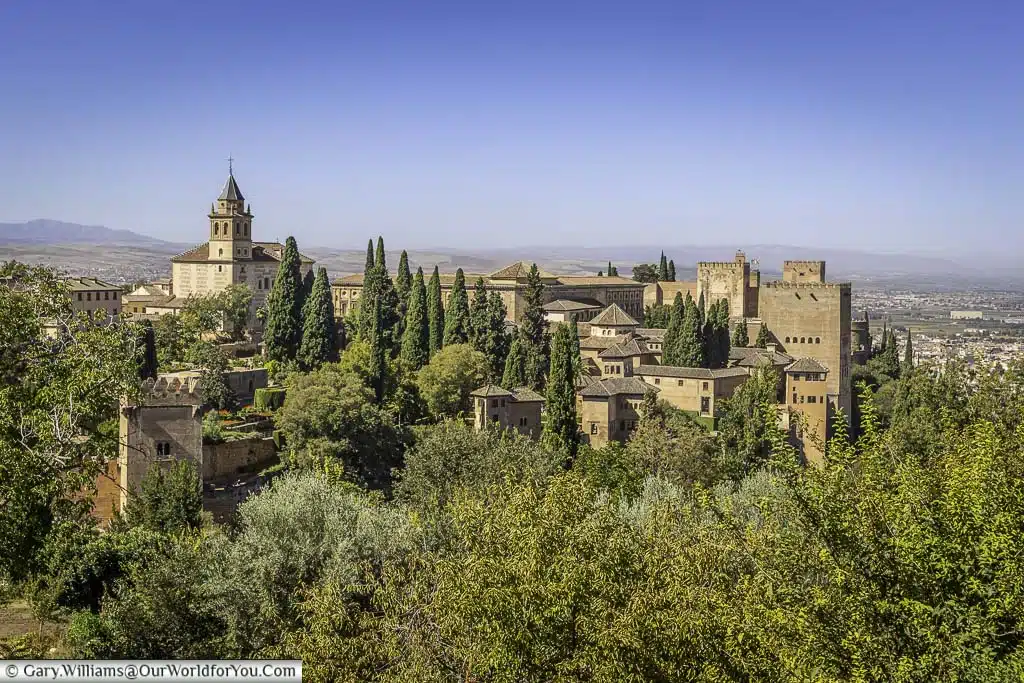In the heart of Castile and León, Spain
Our Spanish road trip adventures continue, and we’ve headed further north and arrived in the cultural city of Valladolid in the Castile and León region of Spain. This was going to be fun as English speakers were undoubtedly in the minority.
Our tour of Spain began in Bilbao, arriving from the UK on a Brittany Ferries. We’ve explored some magnificent places as we’ve journeyed through the backroads of Spain. We’ve visited Pamplona, Zaragoza, Teruel, the Palm Tree Groves of Elche, Murcia, Cartagena, Mojácar, Granada, the welcoming windmills of Consuegra and the historic hill-top city of Toledo.
We have a couple of days to explore Valladolid. Then we hit the road again and journey further north to visit Astorga and Burgos.
So, let’s explore Valladolid.
Did you catch our inspiration for this Spanish road trip?
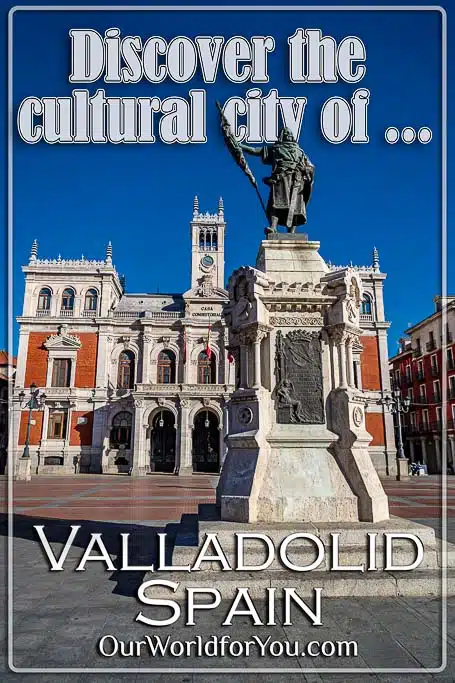
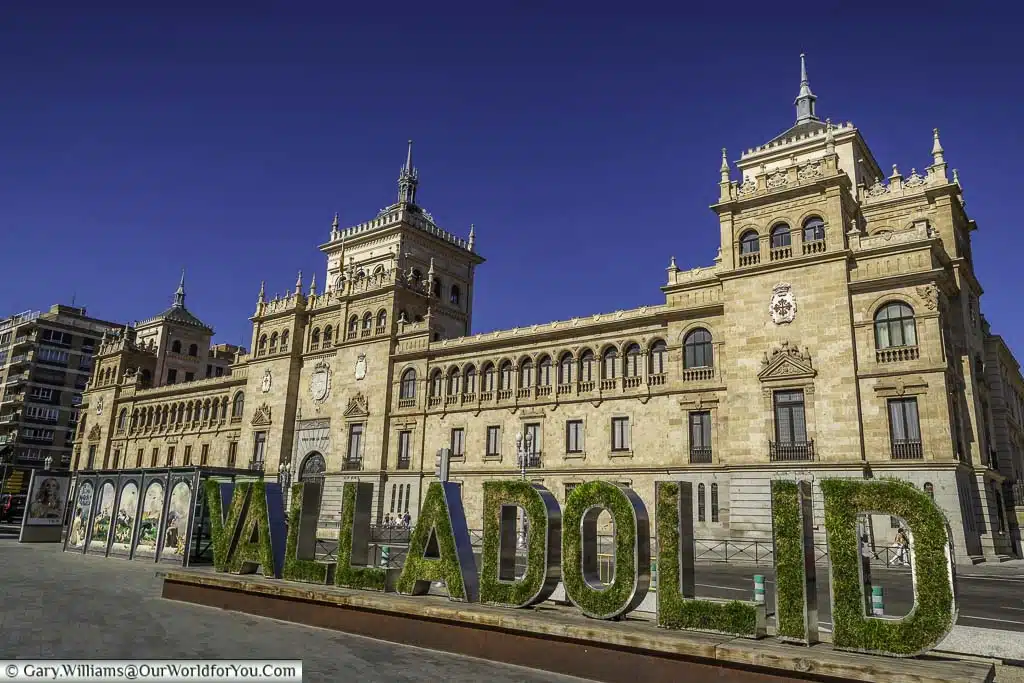
Where is Valladolid?
How to get to Valladolid
- By Air
Start creating your own Spanish adventure and discover the delightful city of Valladolid for yourself.
The closest international airport is Madrid; search for your flights in one easy place with Booking.com and book your car rental all at the same time. This reliable travel search engine will scan for your favoured routes and chosen dates.
Where to stay in Valladolid
The hotel Sercotel Felipe IV in Valladolid is just a short stroll to Plaza de España and only a 10-minute walk from Plaza Mayor Square and Valladolid Cathedral.
The rooms are very comfortable and clean and perfect for a couple of nights’ stay. We chose to stroll out each morning for breakfast as we enjoy eating in local cafés.
Sercotel Felipe IV has an underground car park with access at the rear of the hotel; a daily charge is applied.
Pop your dates in the Booking.com search box and discover further options for all budgets.
A Brief History of Valladolid
A city of boundless cultureAlthough Valladolid has evidence of Roman settlement, it wasn’t until the 11th century that the city gained significant importance. In 1072, Alfonso VI gifted the Lordship of Valladolid to Count Pedro Ansúrez.
Valladolid was briefly the capital of Spain on two occasions, the first under the rule of Charles I in the 16th century and subsequently between 1601 and 1606 when Philip III came to the throne in the 17th century.
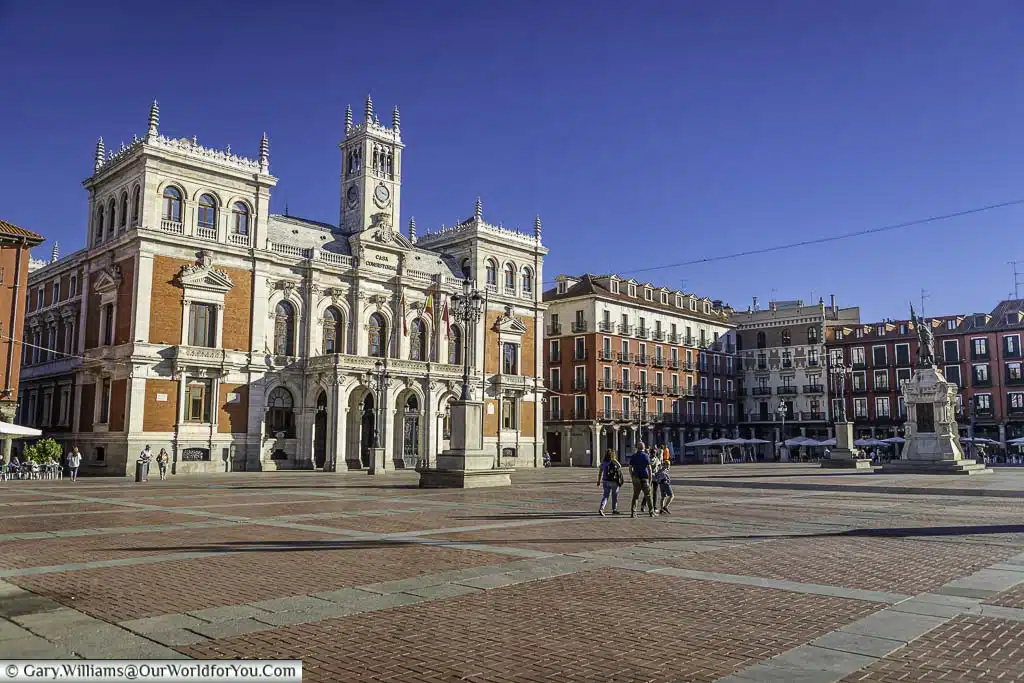
The huge Plaza Mayor in Valladolid is believed to be the first Plaza Mayor of its kind in Spain. The present-day design from the mid-1500s became a model for future grand Plaza Mayors across Spain.
Valladolid also has one of the world’s oldest universities, which was established in 1241.
During the early 1600s, Valladolid was home to the famous author Miguel de Cervantes, who penned the renowned novel Don Quixote.
One hundred years earlier, the Italian explorer and navigator Christopher Columbus briefly lived in Valladolid, where he died in 1506. Columbus’s remains are now in a grand casket in Seville Cathedral.
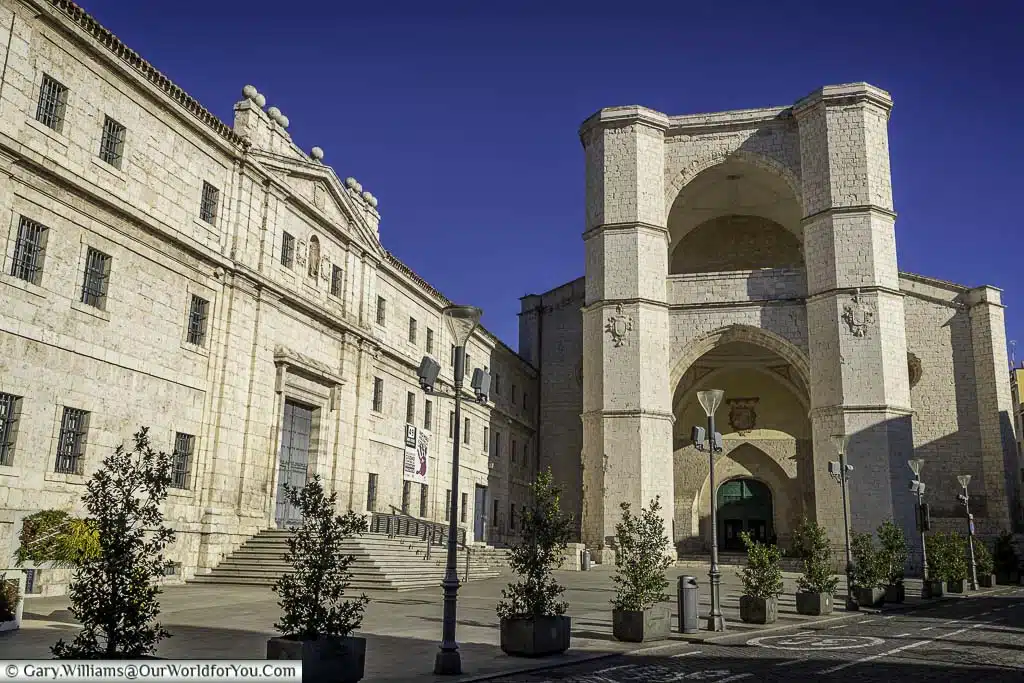
Majestic Plaza Mayor in Valladolid
In the heart of the old quarter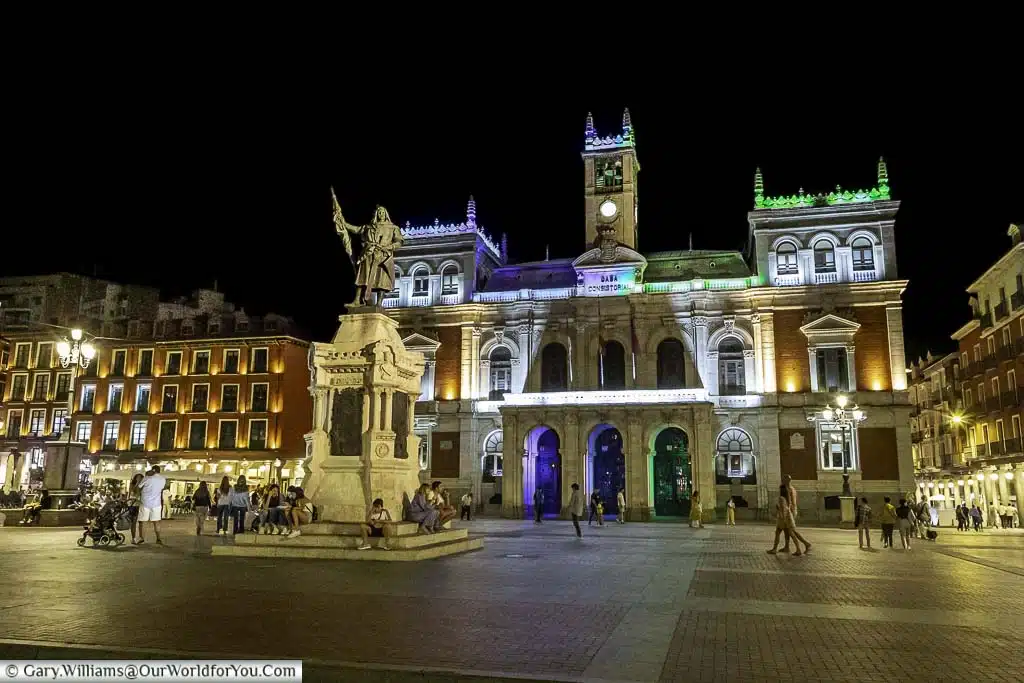
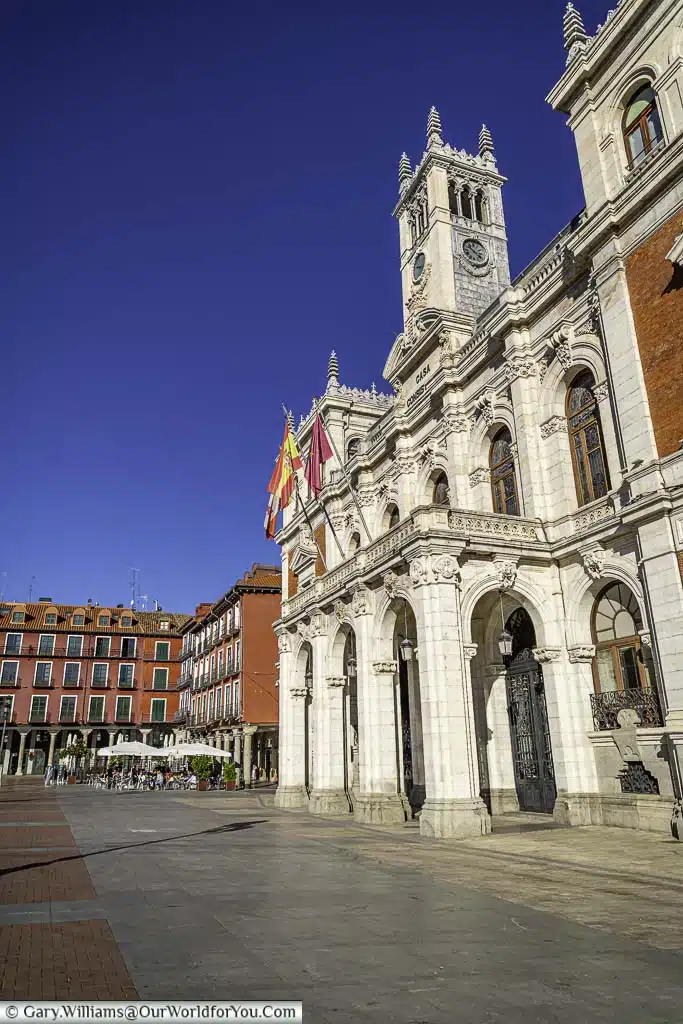
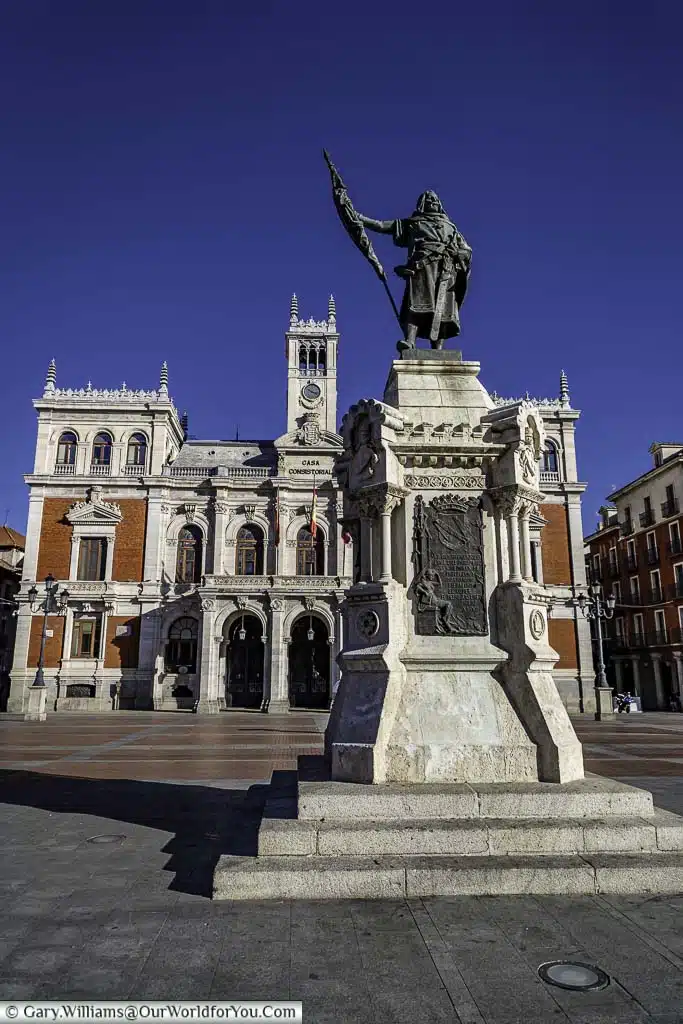
As mentioned, the Majestic Plaza Mayor in Valladolid is noted to be the first grand Plaza in Spain with closed arcades and colonnade and was used for markets and festivities.
The Market Square in Valladolid dates back to the 13th century. Although it was reconstructed in the mid-1500s, it became a model for future grand Plaza Mayors across Spain and South America, particularly Madrid, built in 1617 and Salamanca in 1729.
There are so many incredible places to discover in Spain and I love planning road trips. I often use the DK Eyewitness books, I find them extremely informative, easy to follow and the pictures and maps tempt you into searching for more.
We used a previous version of this book to plan our Spanish road trips, now you can grab the revised copy.
Exploring the streets of Valladolid
Stunning architecture and hidden gems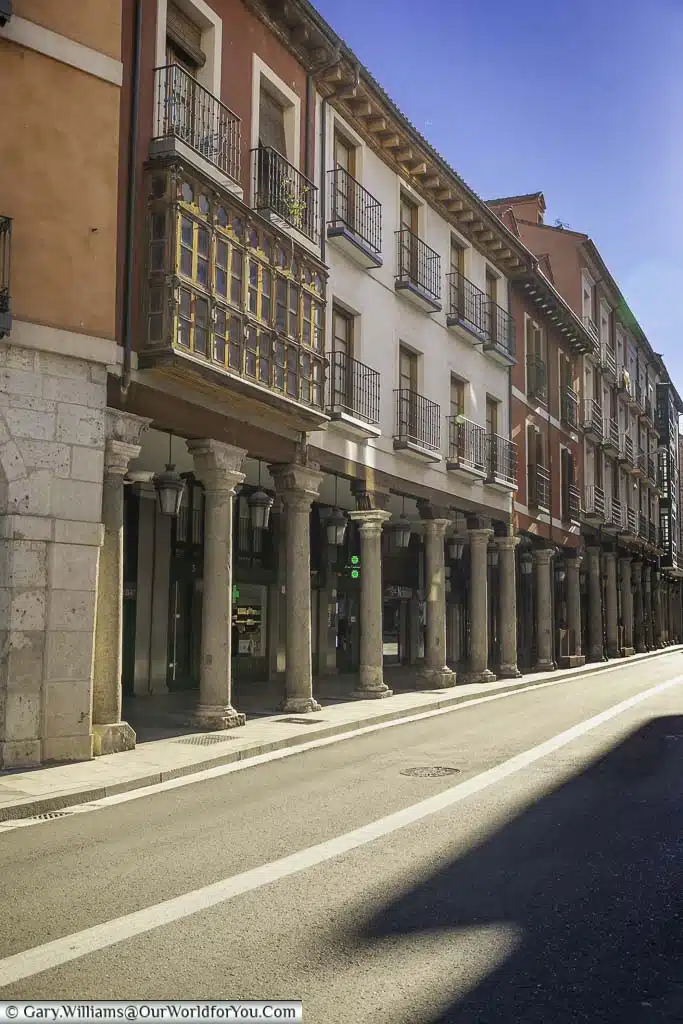
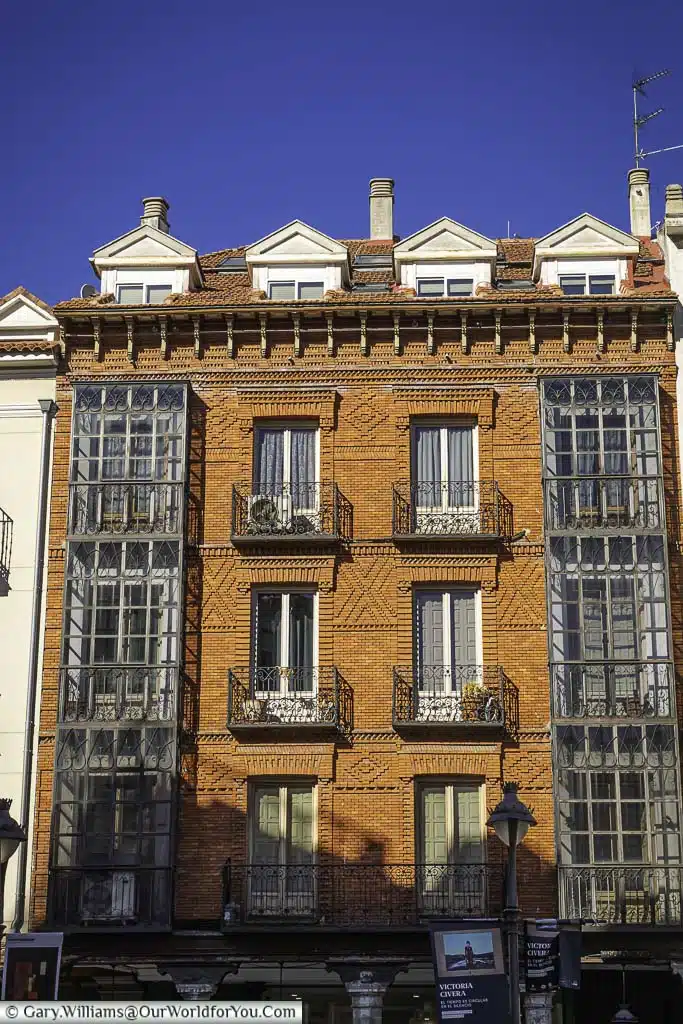
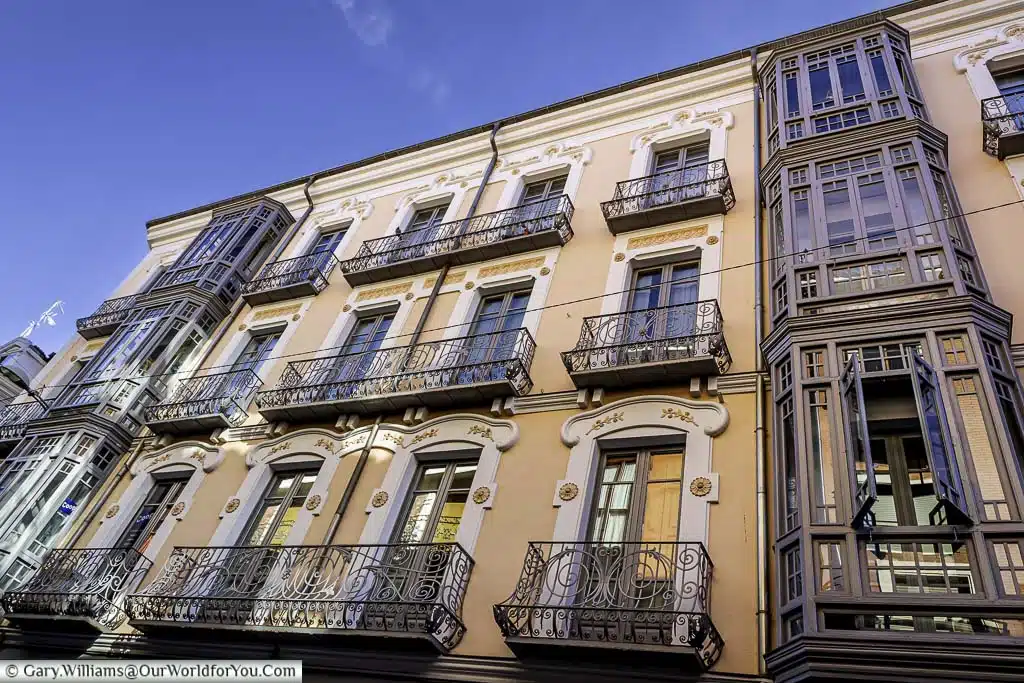
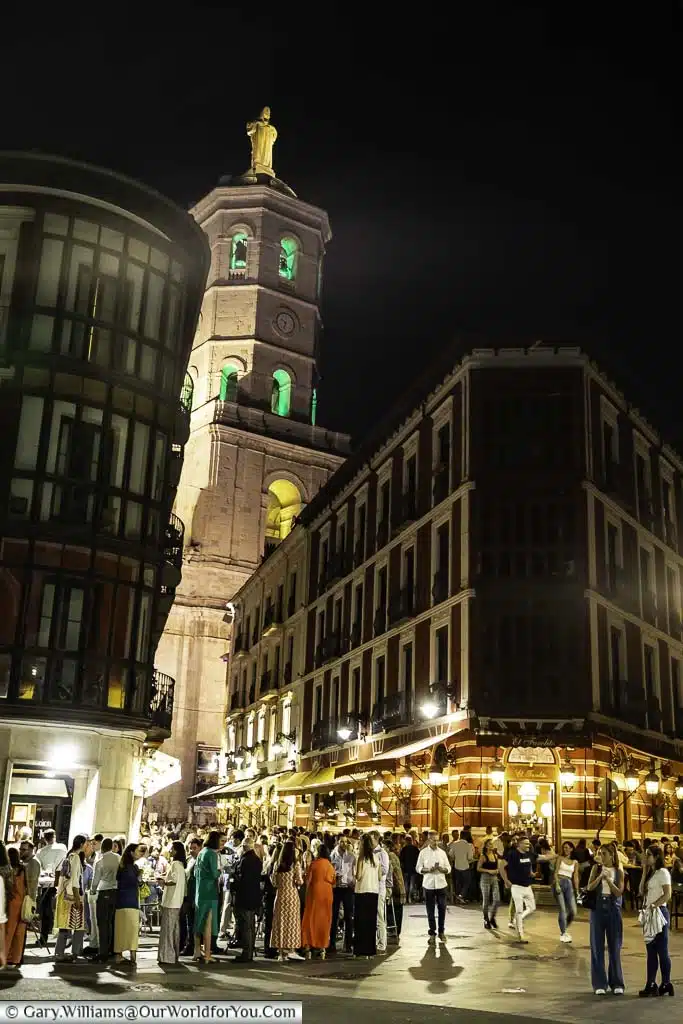
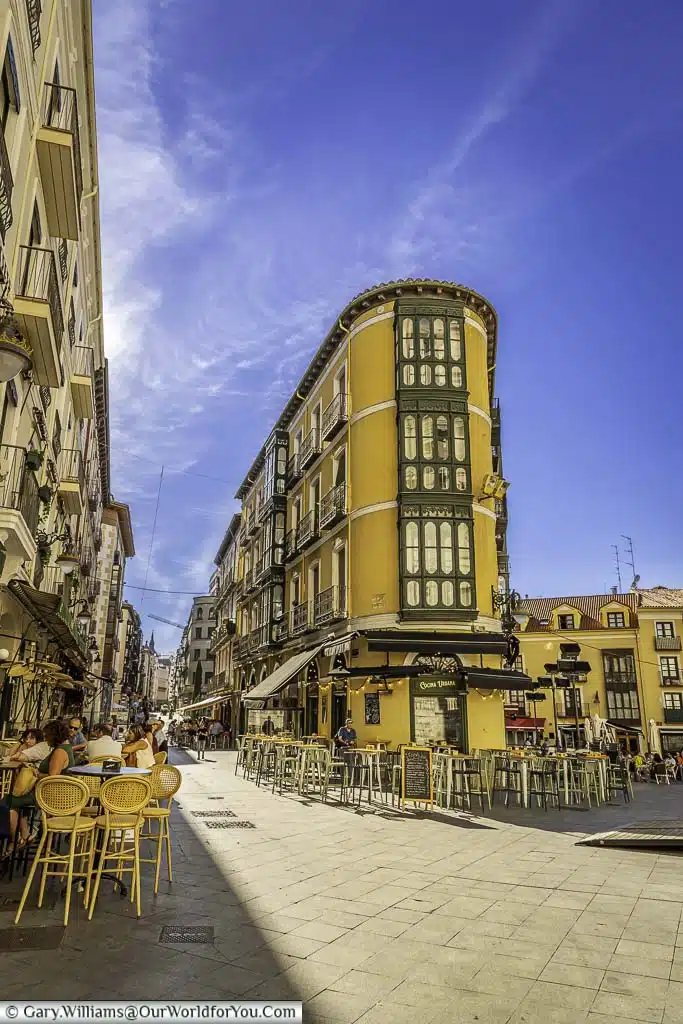
When exploring Valladolid, you must seek out Passage Gutiérrez, which is an elegant Parisian-style shopping arcade. It was built in 1886 and sheds a little light on the architectural styling of the 19th century.
The Pasaje Gutiérrez features a beautiful glass-covered roof and central dome, with ornate ironwork, and an incredibly stylish interior. It is stunning to see, and it’s full of charming boutiques.
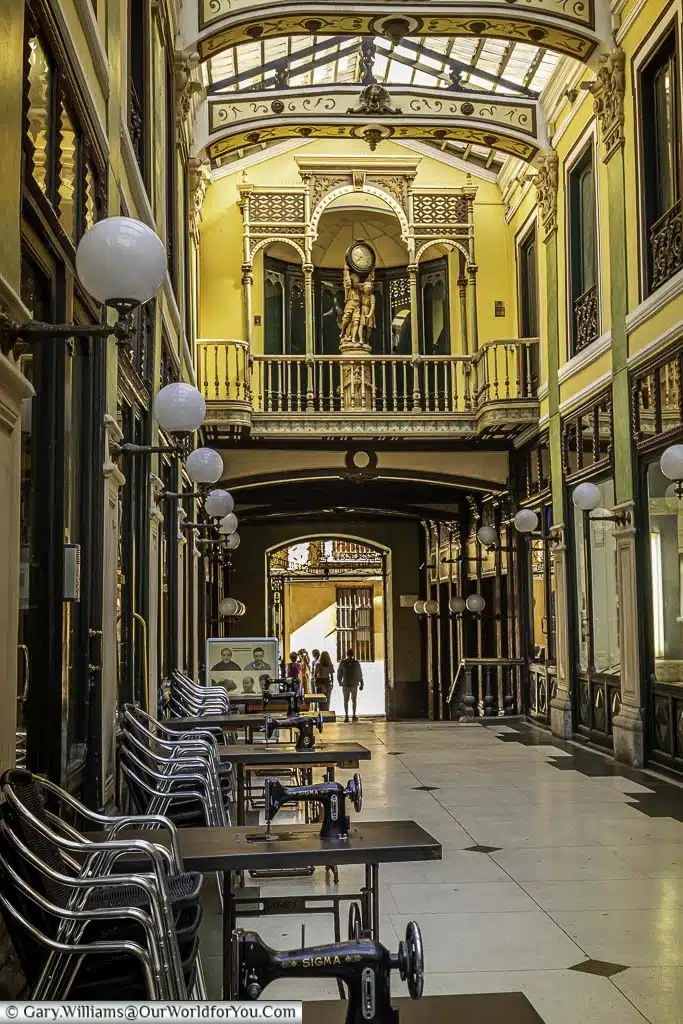
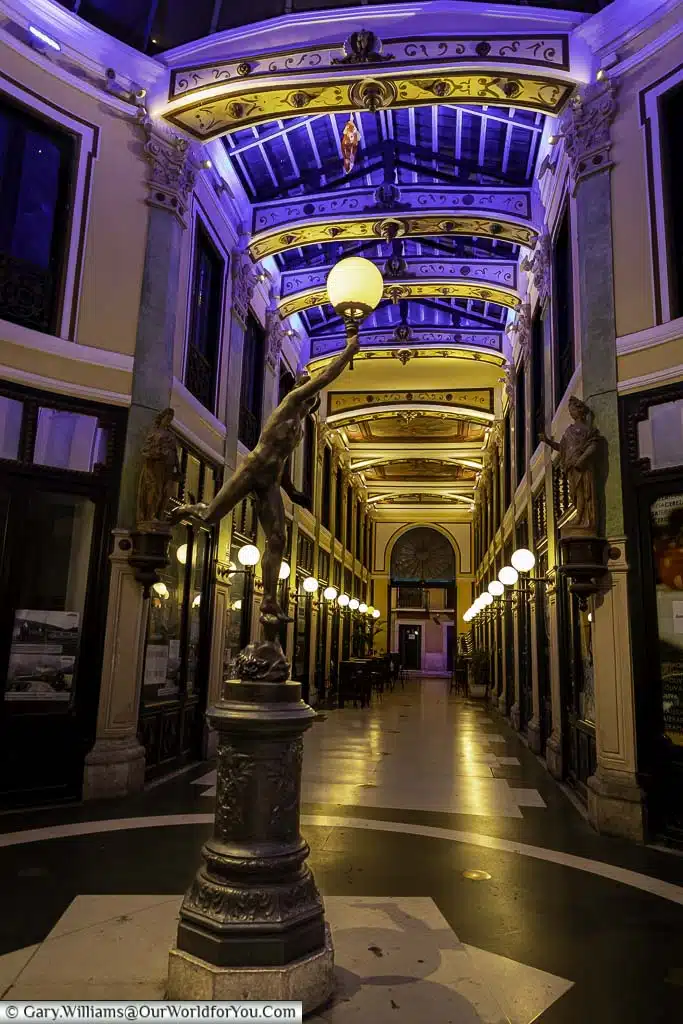
When visiting any town or city, Gary and I love heading to the local covered food market or mercado. The Mercado del Val in Valladolid didn’t disappoint; we always find that these tempting markets offer the perfect insight into local dishes, delicacies, and specialities of the region.
The original rectangular Mercado del Val was built between 1878 and 1882; it was inspired by “Les Halles” in Paris and constructed entirely of iron. The Val market was fully renovated in 2016.
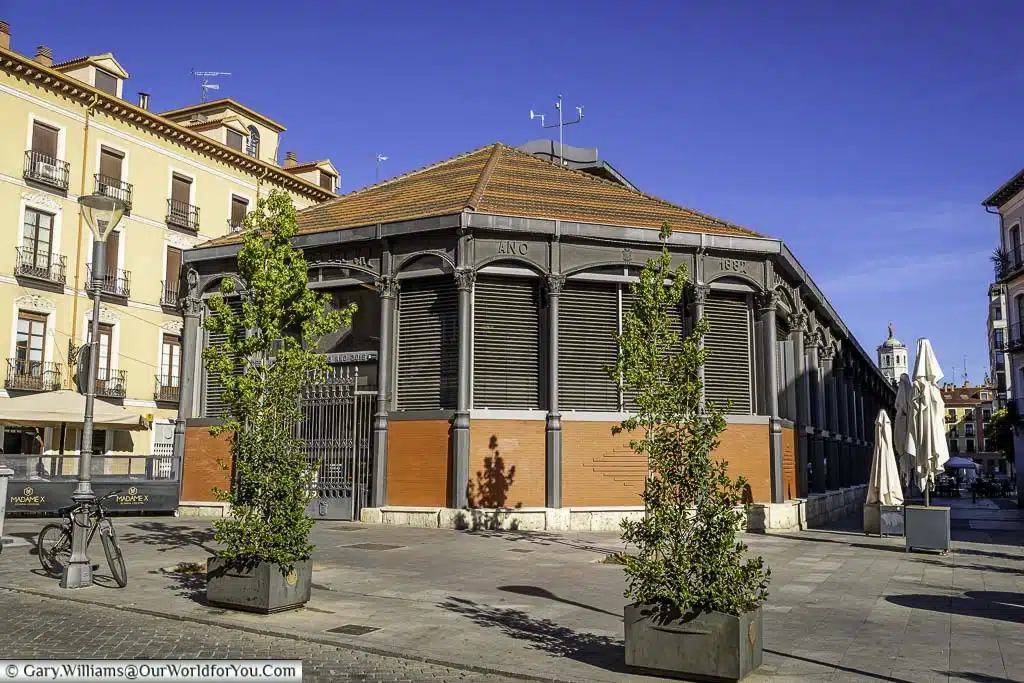
Tourist Information
Visiting Valladolid Cathedral
And its many churches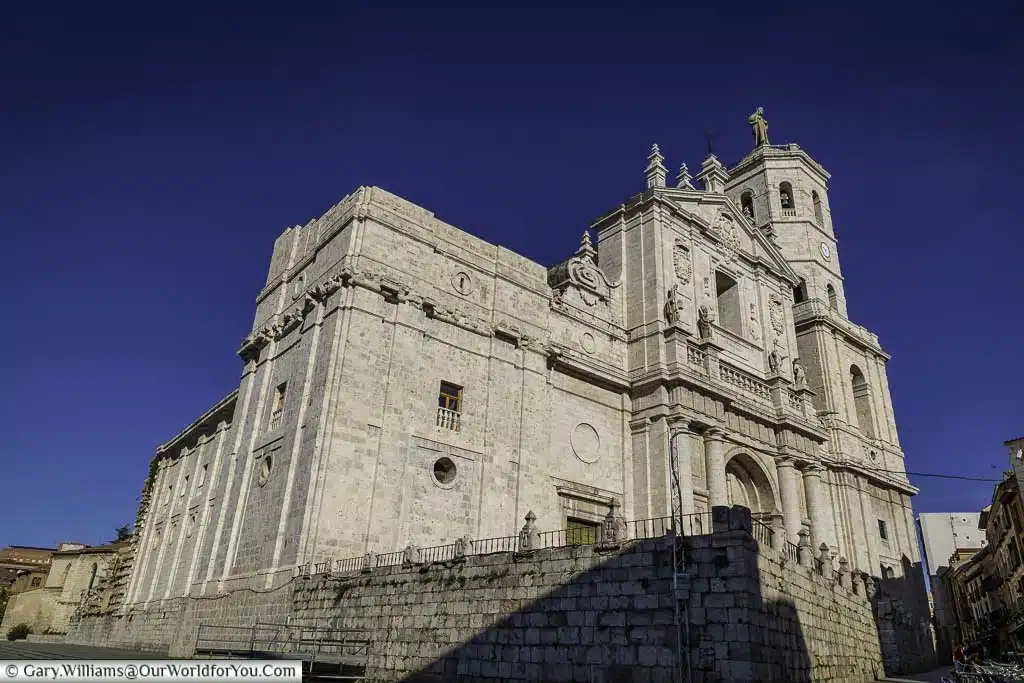
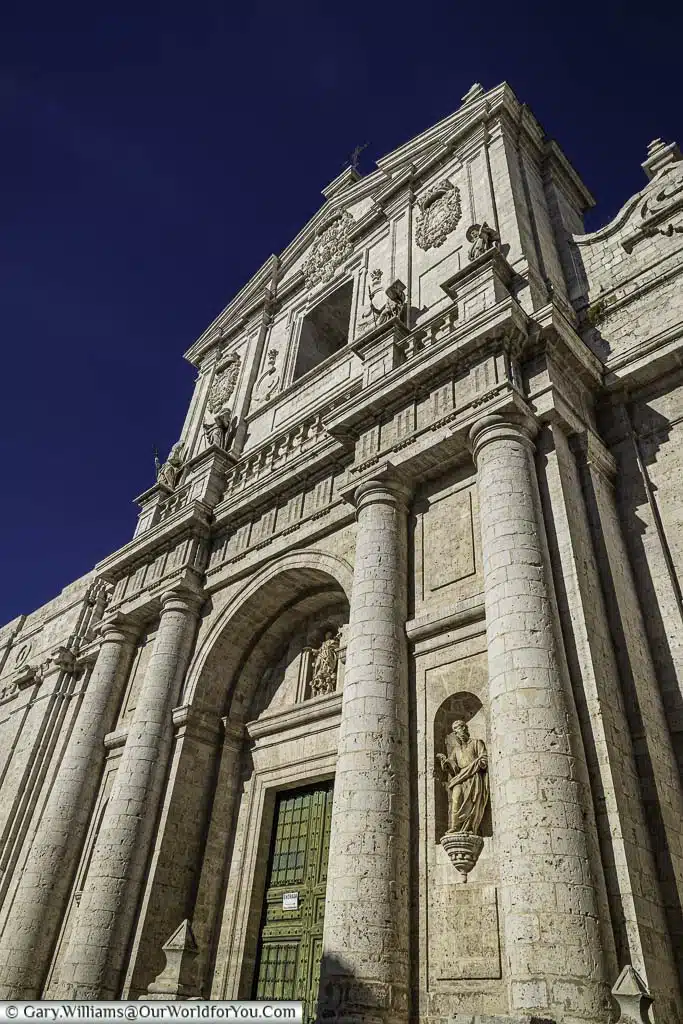
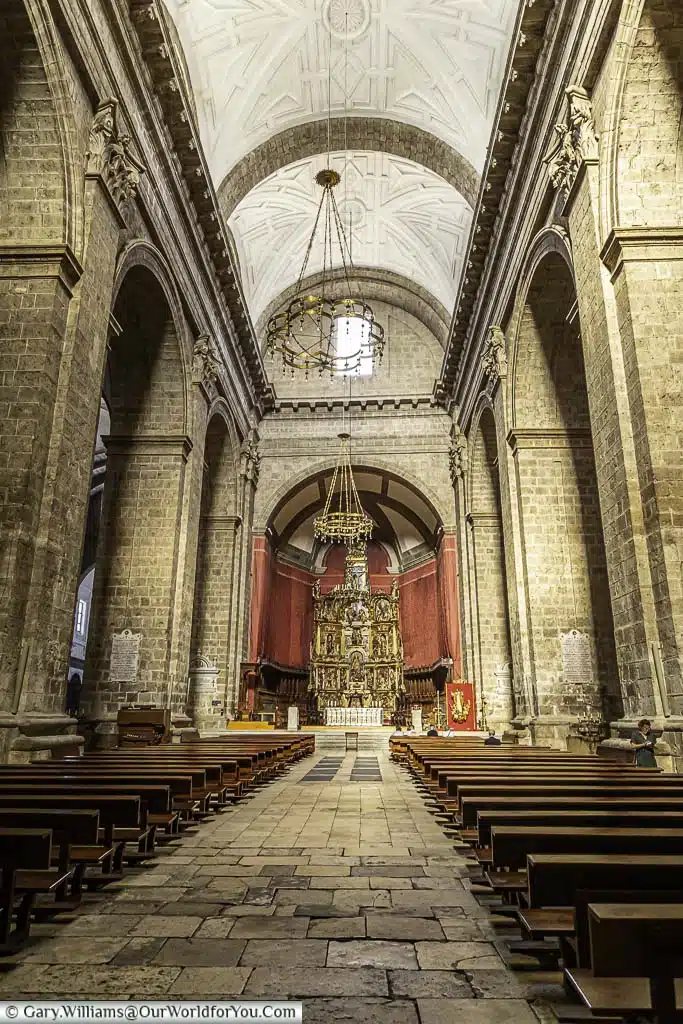
The capital was subsequently moved to Madrid, and lack of funds meant that the grand plans of the cathedral had to be significantly reduced and modified, ultimately only around 45% of the project was completed.
Valladolid Cathedral is stunning to see, especially the elaborate Renaissance façade, which was completed in 1730 by Master Churriguera.
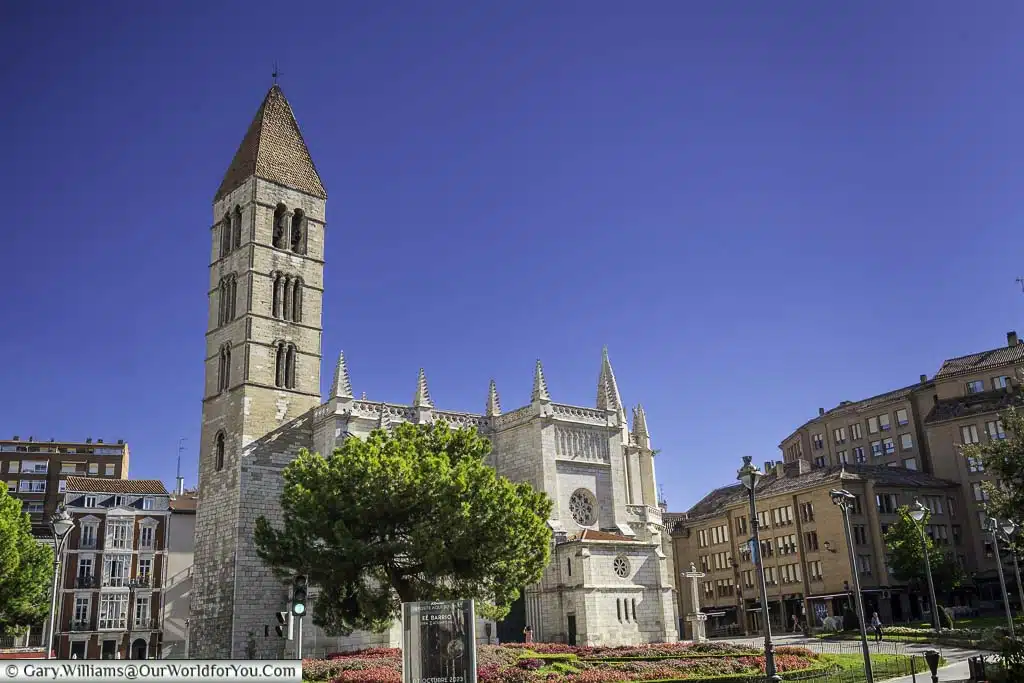
While we were exploring Valladolid, we discovered a few more historic churches; the first was Santa María la Antigua Church. Elements of this church date from the 12th century and were settled on Roman remains.
The striking ancient 13th century tower remains, topped with a primitive pyramid-shaped spire. The main Gothic church was rebuilt in the 14th century on the initiative of Alfonso XI of Castile and can still be visited today.
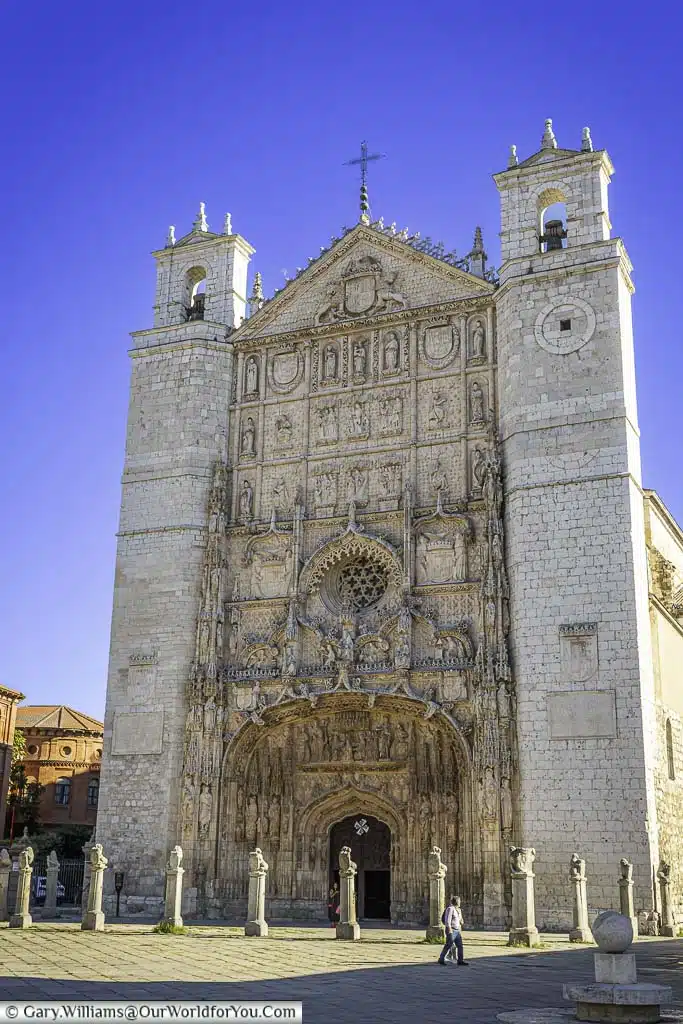
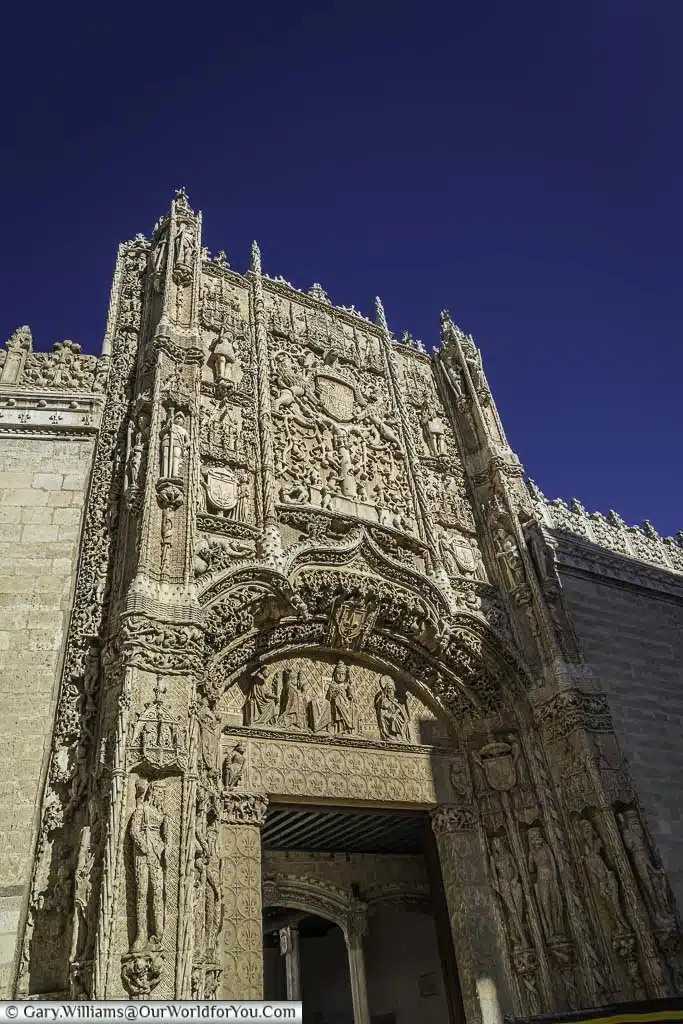
Another stunning church in Valladolid is San Pablo Convent Church, which has an incredibly intricate façade blending Gothic and Renaissance styles. The church was constructed between 1445 and 1468, and further restoration and renewal were undertaken in 1616. Both King Philip II and Philip IV of Spain were baptized in San Pablo Convent Church.
Just behind San Pablo Church in the College of San Gregorio is Valladolid’s National Sculpture Museum. The entrance to the museum is a work of art in itself. The museum is a treasure trove of Spanish sculpture from the Middle Ages through to the 19th century.
Tempted to?
Discover more of historic Spain and tour its picturesque countryside in the north, or head south to explore the Sierra Nevada National Park just south of Granada.
You can do it all on a road trip; Rental Cars searches multiple well-known car hire brands and discovers the deals that suit you the best.
There are so many incredible places to discover in Spain and I love planning road trips. I often use the DK Guides,
I find them extremely informative, easy to follow and the pictures and maps tempt you into searching for more
Discovering more of Valladolid
From Campo Grande to Cervantes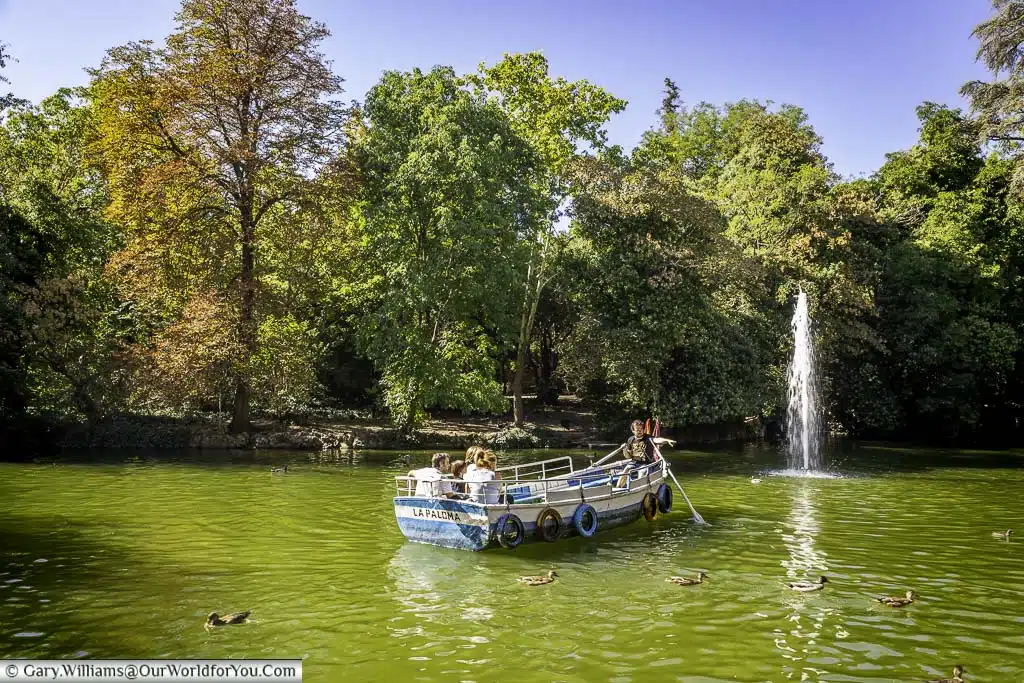
Campo Grande is in the heart of Valladolid and is the city’s largest park. The park has a wide variety of birds, including pheasants, swans and peacocks.
Many tactile statues are dotted around the bustling park, along with delightful ponds and fountains, and it even has a little boating lake.
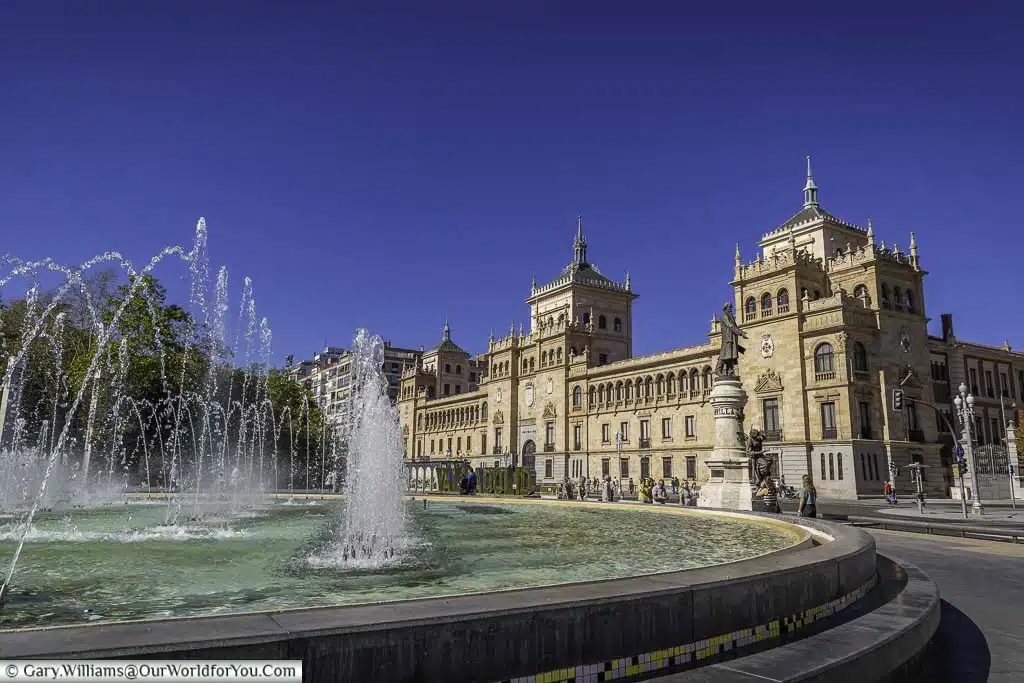
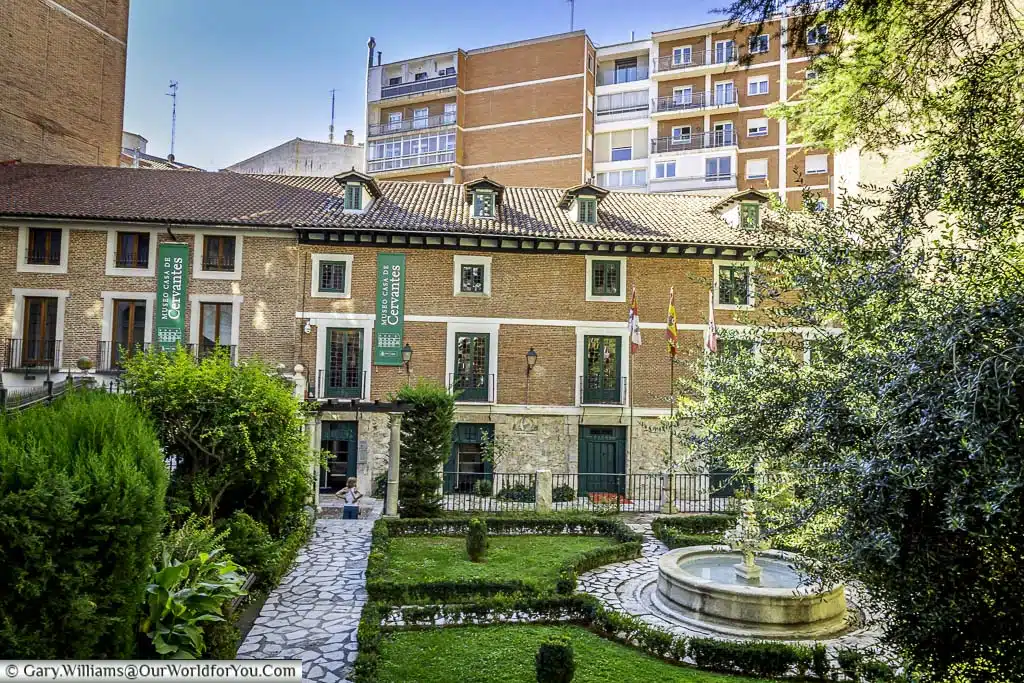
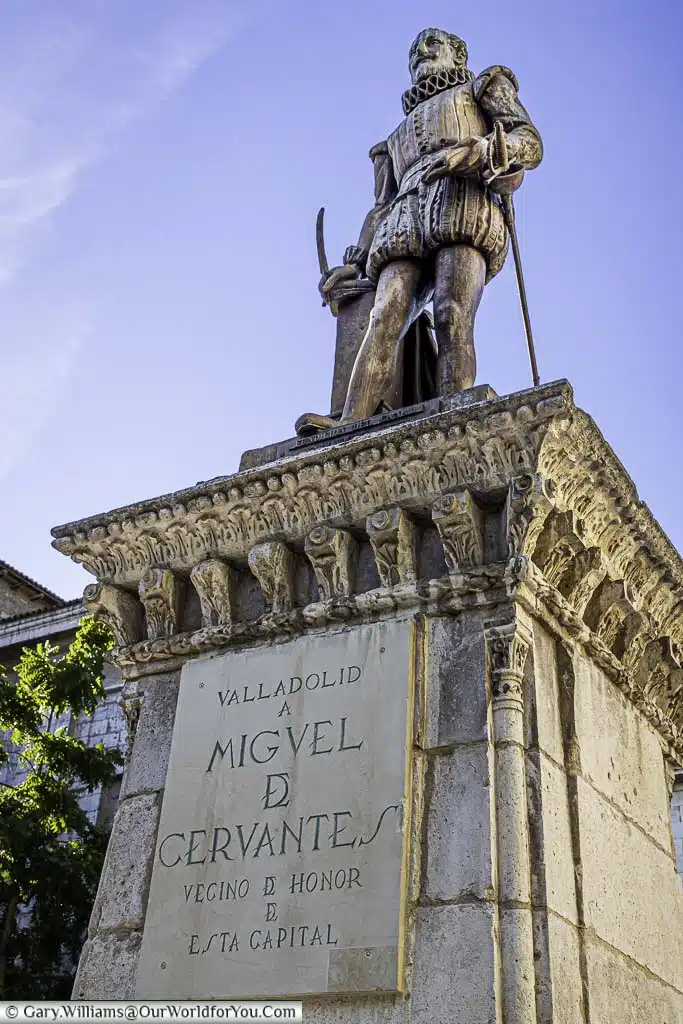
Why not check out...
* This post may contain links to affiliated sites where we earn a small commission at no additional charge to you.








